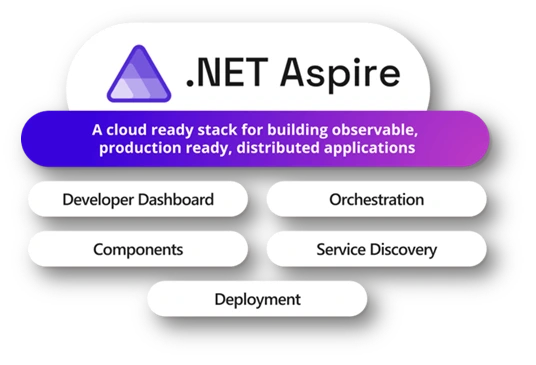Unleash the Power of AI: Build a Memory Game in Your Browser
Ever dreamed of having an AI-powered game that runs entirely in your browser, with no backend required? Well, buckle up, because we're about to make that dream a reality! As AI continues to revolutionize the tech world, we're seeing more innovative ways to integrate it into our daily lives. One exciting development is the ability to run AI models directly in web browsers, opening up a whole new world of possibilities for web developers and users alike. Traditional web-based AI applications often rely on backend servers to handle the heavy lifting of model inference. This can lead to latency issues, privacy concerns, and increased operational costs. But what if we could bring the AI right to the user's device? Enter the world of Web AI and client-side machine learning. By leveraging technologies like WebGPU and efficient model compression techniques, we can now run powerful AI models directly in the browser. This approach offers several advantages: Improved privacy: User data never leaves their device Reduced latency: No round-trips to a server for inference Offline functionality: The app works without an internet connection Cost-effective: No need for expensive backend infrastructure In this tutorial, we'll explore how to build a memory game that uses a locally-stored AI model to generate dynamic content, all within the confines of your web browser. By combining the power of AI with modern web technologies, we've created a unique and engaging memory game that runs entirely in the browser. This approach not only demonstrates the capabilities of client-side AI but also opens up new possibilities for privacy-focused, offline-capable web applications. Ready to build your own AI-powered web game? Dive into the code, experiment with different models, and push the boundaries of what's possible in the browser. Share your creations and let's continue to innovate in the exciting world of Web AI! Please Subscribe to Nerding I/O!

Ever dreamed of having an AI-powered game that runs entirely in your browser, with no backend required? Well, buckle up, because we're about to make that dream a reality!
As AI continues to revolutionize the tech world, we're seeing more innovative ways to integrate it into our daily lives. One exciting development is the ability to run AI models directly in web browsers, opening up a whole new world of possibilities for web developers and users alike.
Traditional web-based AI applications often rely on backend servers to handle the heavy lifting of model inference. This can lead to latency issues, privacy concerns, and increased operational costs. But what if we could bring the AI right to the user's device?
Enter the world of Web AI and client-side machine learning. By leveraging technologies like WebGPU and efficient model compression techniques, we can now run powerful AI models directly in the browser. This approach offers several advantages:
- Improved privacy: User data never leaves their device
- Reduced latency: No round-trips to a server for inference
- Offline functionality: The app works without an internet connection
- Cost-effective: No need for expensive backend infrastructure
In this tutorial, we'll explore how to build a memory game that uses a locally-stored AI model to generate dynamic content, all within the confines of your web browser.
By combining the power of AI with modern web technologies, we've created a unique and engaging memory game that runs entirely in the browser. This approach not only demonstrates the capabilities of client-side AI but also opens up new possibilities for privacy-focused, offline-capable web applications.
Ready to build your own AI-powered web game? Dive into the code, experiment with different models, and push the boundaries of what's possible in the browser. Share your creations and let's continue to innovate in the exciting world of Web AI!











































































































































































![[The AI Show Episode 142]: ChatGPT’s New Image Generator, Studio Ghibli Craze and Backlash, Gemini 2.5, OpenAI Academy, 4o Updates, Vibe Marketing & xAI Acquires X](https://www.marketingaiinstitute.com/hubfs/ep%20142%20cover.png)




























































































































![[DEALS] The Premium Learn to Code Certification Bundle (97% off) & Other Deals Up To 98% Off – Offers End Soon!](https://www.javacodegeeks.com/wp-content/uploads/2012/12/jcg-logo.jpg)


![From drop-out to software architect with Jason Lengstorf [Podcast #167]](https://cdn.hashnode.com/res/hashnode/image/upload/v1743796461357/f3d19cd7-e6f5-4d7c-8bfc-eb974bc8da68.png?#)








































































































.png?#)

































_Christophe_Coat_Alamy.jpg?#)
 (1).webp?#)





































































































![Apple Considers Delaying Smart Home Hub Until 2026 [Gurman]](https://www.iclarified.com/images/news/96946/96946/96946-640.jpg)
![iPhone 17 Pro Won't Feature Two-Toned Back [Gurman]](https://www.iclarified.com/images/news/96944/96944/96944-640.jpg)
![Tariffs Threaten Apple's $999 iPhone Price Point in the U.S. [Gurman]](https://www.iclarified.com/images/news/96943/96943/96943-640.jpg)





































































































































